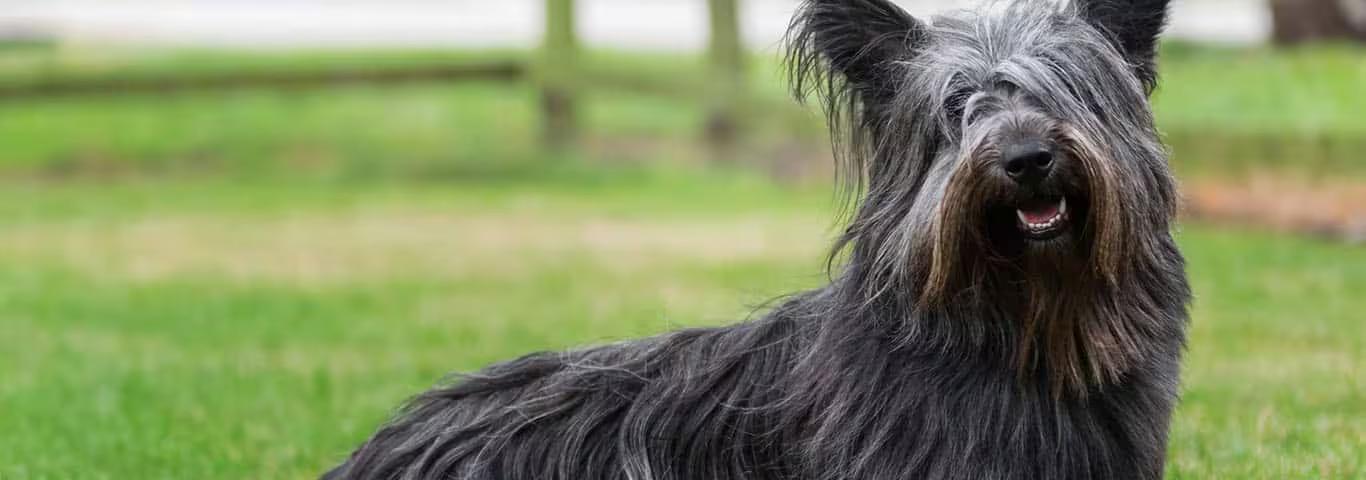To those whom he chooses to love, the Skye terrier is adoring, affectionate and, above all, loyal. However, this dog does not bestow such devotion on just anyone. He will be eager to please his family and others whom he holds in high regard; with the rest of humanity, he is likely to be standoffish.
Skye terriers are known to be somewhat willful. They have minds of their own and generally are not submissive, timid or fearful. They are alert and protective of their people and territories, and they like to bark.
The Skye terrier's tendency to be suspicious of strangers needs to be moderated with as much socialization as possible, preferably when he is a puppy. By exposing the Skye to as many different people, places, and situations as possible, one can temper his pickiness with people and his unease in new situations.
Training the Skye terrier can be a bit of a challenge. Crucial to the success of any obedience training is an attitude that is all business, in which the trainer leaves no room for negotiation by the independent-thinking Skye. This does not mean the use of physical discipline but rather a confident and consistent attitude from the trainer.
The Skye terrier likes to chase, so use caution when he is around other small animals. He may not take kindly to other dogs. Despite his love of the chase, he needs less exercise than other breeds and makes a good apartment dog.
This dog needs a good weekly brushing to prevent the coat from becoming matted.
Skye terriers live an average of 10 to 12 years.
Skye terriers originated centuries ago on the Isle of Skye in the Scottish Hebrides. They were bred by farmers to be working dogs charged mainly with hunting vermin. Reportedly, the foundation for the breed came from a Spanish shipwreck near the island; among the reported survivors were Maltese dogs that farmers mated with the local terriers. By the mid-1800s, Queen Victoria's fondness for the breed made the Skye a favorite among British aristocrats.
The Skye terrier's devotion to his human companion is legendary, thanks to Bobby, a Skye whose master died in 1858. For the next 14 years, Bobby stayed near his master's grave in the cemetery at Edinburgh's Greyfriars Kirk (Church). The townspeople fed the dog, and the city's lord provost bought Bobby a license. After Bobby died, philanthropist Baroness Burdett Coutts arranged to have a bronze statue of the dog erected outside the churchyard gates. The statue has stood there since 1873. Nearly a century later, the dog’s story was featured in a movie.






















